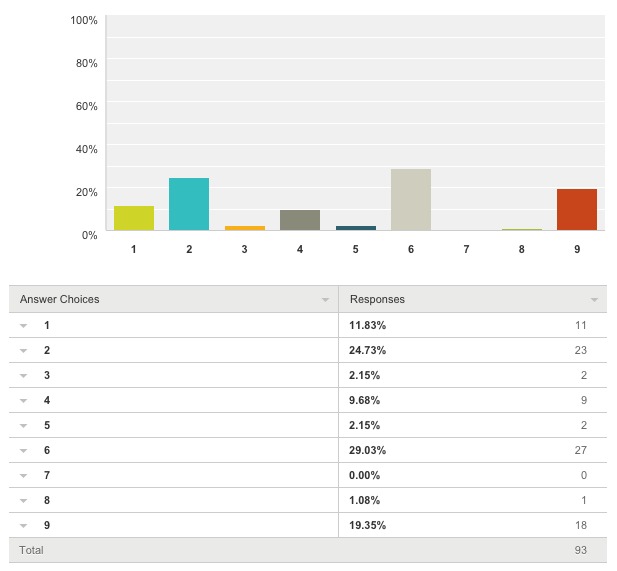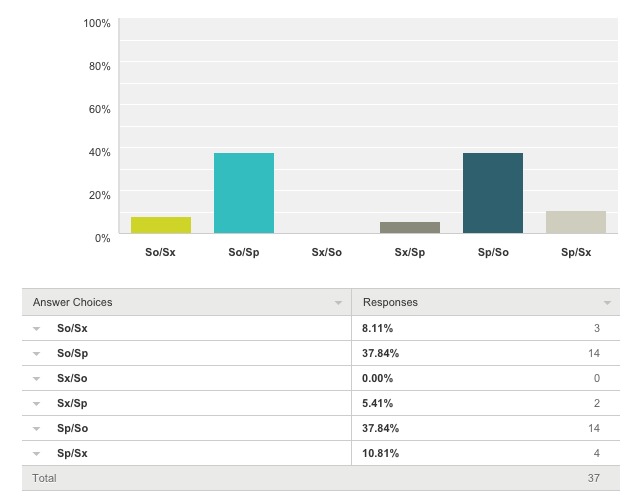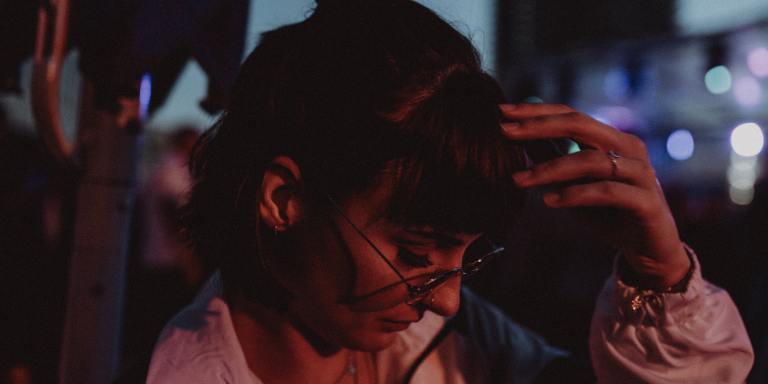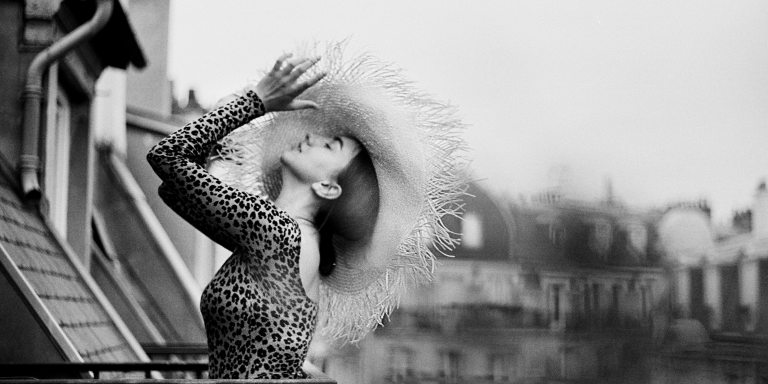ISFJs And The Enneagram
Enneagram Type Distribution:
Type 6 ISFJs
Type 6 with a 5 wing: 81%
Type 6 with a 7 wing: 19%
A large proportion of ISFJs identified 6 as their Enneagram type. As the 6 type is correlated with the ISFJ’s dominant function introverted sensing, this pairing certainly fits.
Type 6 ISFJs are highly security-oriented. Their core fear is that they are unable to provide for themselves and so they are incredibly loyal and diligent to people around them – believing that having strong social support will bring them security. For this reason, many ISFJ type 6s may rely heavily on their extroverted feeling as a means of establishing and maintaining social support. This may cause others to perceive them as more extroverted than they truly are.
Type 6 ISFJs place a strong trust in societal institutions and organizations – which is exaggerated by their dominant introverted sensing function. They are likely to seek out jobs, affiliations and group memberships that are long lasting and mutually reciprocal. They are incredibly loyal to the institutions they involve themselves in, deriving a sense of security from the consistency of their involvement. Type 6 ISFJs are constantly moving away from feelings of inadequacy and toward feelings of support and guidance. They most closely resemble their ISTJ cousins, in that they are diligent, hardworking and loyal as a rule.
Type 2 ISFJs
Type 2 with a 1 wing: 44%
Type 2 with a 3 wing: 56%
A significant number of ISFJs selected 2 as their Enneagram type. As this type is heavily correlated with the ISFJ’s auxiliary function extroverted feeling, this type pairing certainly fits.
Type 2 ISFJs are highly invested in their immediate communities and personal relationships. They believe themselves to be worthy only insofar as they are of service to others – social reciprocity is their main survival tool and they feel the least anxious when they are helping others in some form.
This type of ISFJ is particularly generous and giving toward others. They often take on caregiving or teaching roles within their community and may come across as significantly more extroverted than they truly are. Though all ISFJs are occasionally guilty of over-extending themselves socially, this is a common occurrence for type 2 ISFJs.
Type 2 ISFJs are constantly moving away from feelings of uselessness and toward feelings of acceptance and love from others. They most closely resemble their extroverted counterpart, the ESFJ.
Type 9 ISFJs
Type 9 with an 8 wing: 17%
Type 9 with a 1 wing: 83%
A decent proportion of ISFJs identified 9 as their Enneagram type. Though the 9 type is most closely associated with the introverted feeling function, it shares many traits with the ISFJ’s auxiliary function, extroverted feeling.
Both ISFJs and Enneagram type 9s share a deep craving for interpersonal harmony. ISFJs who identify as type 9s may be particularly affected by conflict in their external environments, quickly identifying tension with their extroverted feeling and seeking to avoid its negative consequences by any means. These ISFJs are also more likely to be deeply in touch with their spiritual side – feeling genuinely, personally connected to a higher power, rather than just dutifully committed to their spiritual practice of choice.
At their core, type 9 ISFJs believe that they are only worthy insofar as they are peaceful and in tune with themselves and others. They are constantly moving away from feelings of loss or separation from others and toward feelings of harmony, unity and peace.
Instinctual Variants:
For further commentary on the cognitive functions as they relate to the instinctual variants of the Enneagram, click here. ![]()
Jump to:
Guardians: ISTJ / ISFJ / ESTJ / ESFJ
Artisans: ISFP / ESFP / ISTP / ESTP
Rationals: INTJ / ENTJ / INTP / ENTP
Idealists: INFJ / ENFJ / INFP / ENFP








